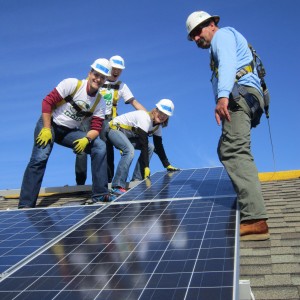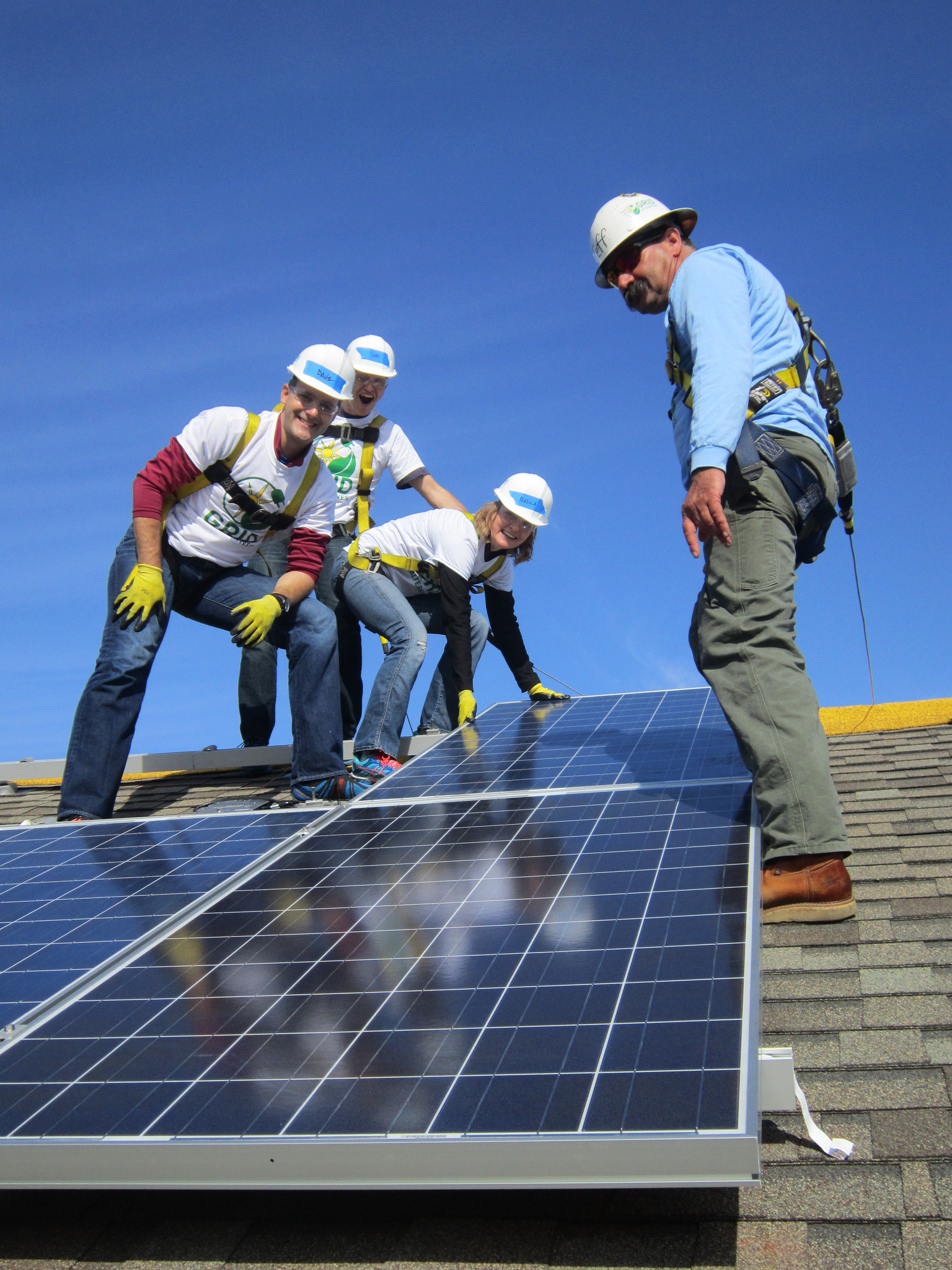Not everyone is happy with the new Powerwall battery that Tesla hopes to unveil in early 2016. While many households are singing hallelujahs low cost energy is on the horizon, on the other hand we are going to see electricity distribution companies facing one of biggest challenges in a seemingly monopolized energy system.
Tesla’s founder, Elon Musk, announced that they have developed a technology which allows energy generated from solar photovoltaic panels to be stored. The idea is to collect as much energy from the sun during the day which will then be used in homes to power their appliances at night. It should be noted that demand for electricity is relatively low during the day and higher at night. This particular storage solution also promises a zero blackout incidence.
The Powerwall battery does comes at a hefty cost. The initial price of a battery pack is approximately $US3000 for a 7 kilowatt-hour pack and approximately $US3,500 for a 10 kilowatt-hour pack. A household can accumulate as much as 9 units to store a maximum of 90 kilowatt hours and sustain a whole-week’s energy consumption.
To prove the battery’s revolutionary storage capabilities, Musk made the big reveal at a press conference where the whole set-up was powered by batteries. He even encouraged the audience to pre-order the said products as delivery will be expected to arrive in various distribution centres across the globe in a matter of three months. So homeowners can expect it way before summer and just in time for the blackout-conducive winter months.
Breakthrough in Battery Storage System
Tesla’s new invention opens more doors for development in the renewable energy sector, particularly in the use of solar photovoltaic array. This gives consumers more chances of completely diverging from the grid to be more sustainable and independent. This paves the way for normal households to enjoy uninterrupted power consumption for at least three days when off the grid, something that definitely won’t sit well with power distribution companies.
When it comes to cost, the current retail price of the power battery is at an all-time low. A standard battery pack for a normal household is priced at approximately a quarter of a similar system in Australia. This holds a positive promise that in no time, these batteries will become a standard accessory for most homes already on solar array due to the low long term cost.
This is in accordance to a recent report published by Origin Energy where it was stated that a normal 4-person household makes use of some 20.9 kilowatt-hour to 21.6 kilowatt-hour of electricity on a daily basis. For those who have no feed-in tariff agreements, this could mean more savings.
The Losing End
The brunt of this development will be absorbed by non-solar powered homes and installations. According to Federal Government pricing policies, the demand and supply variances in electricity consumption are placed largely on conventional users. In some local distribution channels, homes and industrial complexes are not even allowed to install solar PV panels to prevent instability to the current system. Rental issues also come into play as these properties are not allowed to enjoy the same rights as owner-occupier.
With the current drop in the price of solar PV systems and Tesla’s Powerwall battery availability anytime soon, the realization of more sustainable and low-cost electricity may come as a jolt to many players in the market. All in all, non-renewable energy sectors will need to make adequate preparations to prevent being tipped off the scale.

